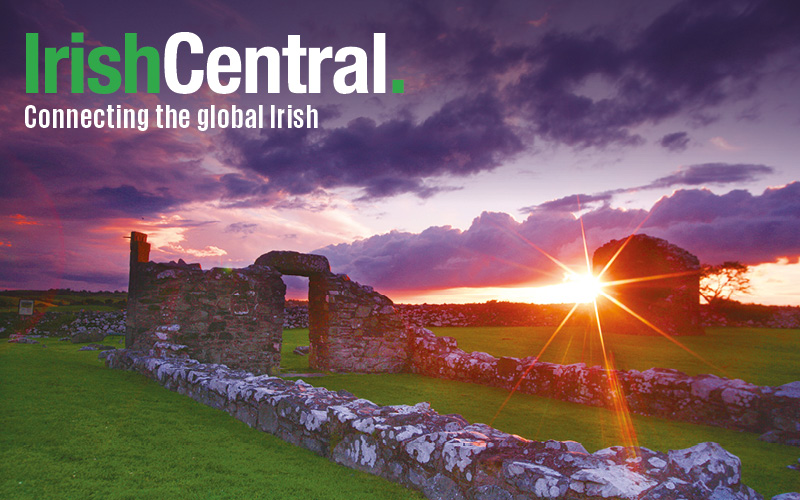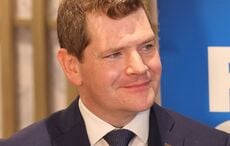The first phase of the Irish World Heritage Centre in Manchester is nearing completion. The $24 million facility on 25-acres will aim to tell the history of Ireland, new and old, to millions of visitors from around the world.
Over 30 million people live within 90 minutes of the new center but the ultimate ambition of the facility is to connect with schools in the United States and Ireland.
Although it might seem strange that the Irish World Heritage Centre is not actually in Ireland, the chairman Michael Forde pointed out, “There are five million Irish at home and 70 million abroad, so it should be told abroad.”
This new state-of-the-art facility is hugely different from that which replaces the shed at the rear of the British Legion building in Cheetham Hill, Manchester, an area once known as “Little Ireland”. The small hall with a thatch covered bar and a fake crannog is being replaced by one with huge windows, clean lines and “no Gaelic kitsch”, the Irish Times reports.
The Irish World Heritage Centre, which eventually replaced the Legion, has played host to taoisigh (Irish Prime Ministers) and presidents, all the while gathering artefacts and details of the Irish story. The center’s organizers are currently in contact with the National Museum in Dublin seeking artefacts throughout Britain.
Included among these treasures is the flag that draped Michael Collin’s coffin and its authenticity has been confirmed, Michael Forde, the center’s chairman confirmed.
Forde, from Bohaunes, County Mayo, left Ireland on 4th August 1961 and has been a regular visitor over the years.
He told the Irish Times that at the new Irish World Heritage Centre, “We want to tell the story of the new Ireland, just as much as the old.”
Their ultimate plan is to go global and use technology to reach out to the millions of Diaspora around the globe starting with schools in the United States and Ireland.
He explained “We’ll link them with the schools where their ancestors went, if they went to school at all. In time, US kids will go to Ireland and see a totally different Ireland to the one that they have been told about.”
He added, “Technology has moved on so far in the last few years. We will have the chance of telling it so much better now.”
Currently, Events Ltd, the company which designed the Titanic display in Belfast, is preparing the second phase of the Center, involving an interactive exhibition.
The center will focus on the usual historic references such as American presidents and Henry Ford along with lesser known Irish characters such as Hans Sloane, who invented the chocolate bar, and James Drumm, the designer of the rechargeable nickel-zinc battery.
The 25-acre site for the center was donated to the cause by Manchester city council. Councillor Sue Murpher agrees that the center is not only making an important contribution to recording the city’s Irish heritage but also providing a tourist attraction.
Plans to create this center have been in the pipeline for over a decade and has overcome many hurdles including the economic crash which caused a hotelier who was heavily involved to pull out.
Forde said, “We had the deals done. We lost £1 million ($1.6m) on the sale of our building. We had planning permission for a supermarket. We were lucky to get what we did.”
Manchester City Council brought in Paul Stannion, the project manager who planned the city’s Commonwealth Games, to drive the project forward. He spilt the project in half and now the first half is nearing completion.
The second half will then start up once they have raised another $3.2 million. Thankfully now the first phase is nearing completion investor are realizing the possibility behind the Center which will have its own tram stop.




Comments